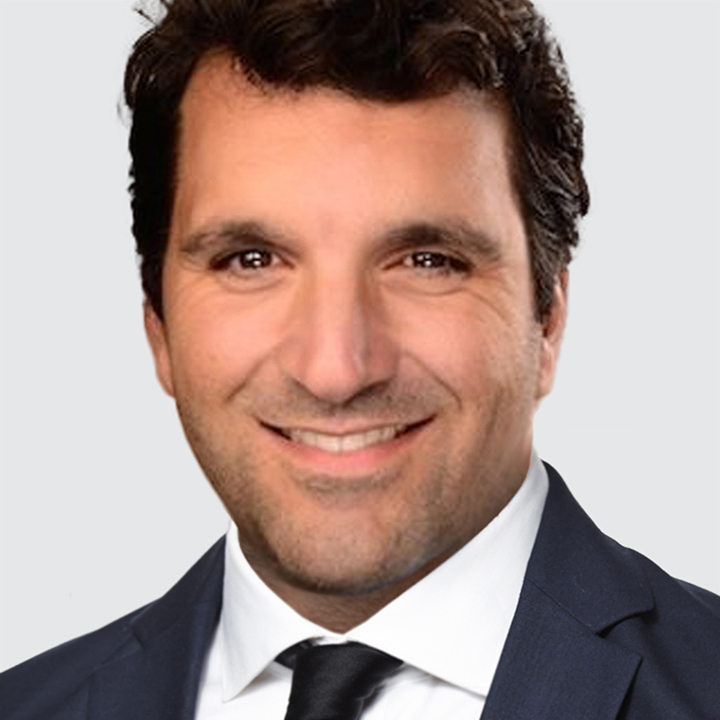Flashpoint
Escalating US trade war is weighing on financial market sentiment and underpinning recent USD gains. European equity futures are sharply lower while US equity futures are threading water after the main indexes dropped yesterday.
US President Trump announced tariffs on the auto industry. Specifically, he said “What we’re going to be doing is a 25% tariff on all cars that are not made in the United States.” The tariffs will go into effect April 3 and the White House said the tariff would apply not only to fully assembled cars but also automobile parts such as engines, transmissions, powertrains, and electrical components. Officials stressed that this list could be expanded to cover additional parts.
Vehicles covered by the United States-Mexico-Canada Agreement (USMCA) would be “given the opportunity to certify their U.S. content and systems will be implemented such that the 25% tariff will only apply to the value of their non-U.S. content.” Trump also said the tariffs were “permanent. 100%” and that he is not interested in negotiating any exceptions. Lastly, Trump warned that “far larger tariffs than currently planned” will be placed on the EU and Canada if they work together “to do economic harm to the USA.” This is an aggressive move coming ahead of the reciprocal tariffs set to be announced April 2. The EU, Japan and Canada said they plan to retaliate.
Nevertheless, the softer US growth outlook limits USD upside potential. The Atlanta Fed GDPNow model estimates Q1 growth at -1.8% SAAR, unchanged from March 18. The gold adjusted GDPNow model is tracking Q1 growth of 0.2% SAAR vs. 0.4% previously.
St. Louis Fed President Alberto Musalem stuck to the Fed’s “no hurry to resume easing” script. In a speech delivered yesterday, Musalem said “At this juncture, a patient approach…will help us as we seek maximum employment, price stability and a durable economic expansion.” Still, Musalem cautioned that the US macro outlook “present a challenging environment for monetary policy” because he sees “the risks as skewed toward some further cooling of the labor market and inflation remaining above 2% or possibly rising in the near term.”
Musalem stressed that “ensuring that medium- to longer-term inflation expectations remain well anchored should be an important consideration for monetary policy.” Indicators of US inflation expectations are mixed indicating a narrower path to bring about disinflation without a significant slowing of the economy or high unemployment. Market based measures of inflation expectations like the 5y5y inflation swaps are well anchored around 2.5% but consumer survey of inflation expectations 5-10yrs out surged to a 32-yr high at 3.9% in March.
NORWAY
NOK faces upside risk today. Norges Bank is expected to keep the policy rate steady at 4.50% (9:00am London). 16 of the 25 analysts polled by Bloomberg see no change while 9 have a 25bps cut penciled-in. The swaps market price-in 35% odds of a 25bps cut. At its January meeting, the Norges Bank kept reiterated that “the policy rate will most likely be reduced in March.” Since then, inflation in Norway has overshot the bank’s Q1 projection and the bank’s Regional Network contacts report a pick-up in growth in Q1. These developments have strengthened the case for delaying the start of easing.
UK
GBP/USD recovered slightly above 1.2900. The UK Spring Budget is neutral for GBP and gilts. First, the UK fiscal drag is bigger and will not complicate the Bank of England’s job to bring down inflation. The 1-year change in the cyclically adjusted budget deficit for 2025 rose to -1.2% of GDP vs. -0.8% of GDP in the Autumn statement. Second, total gilt sales in 2025/26 are forecast at £299.2bn. This is in line with the Autumn statement estimate of £299.6bn and slightly below market consensus for £302bn.
In our view, diminishing likelihood the UK enters a period of stagflation suggests GBP/USD will hold above its 200-day moving average at 1.2800. Staunch BOE MPC dove Swati Dhingra speaks today (8:30am London).

